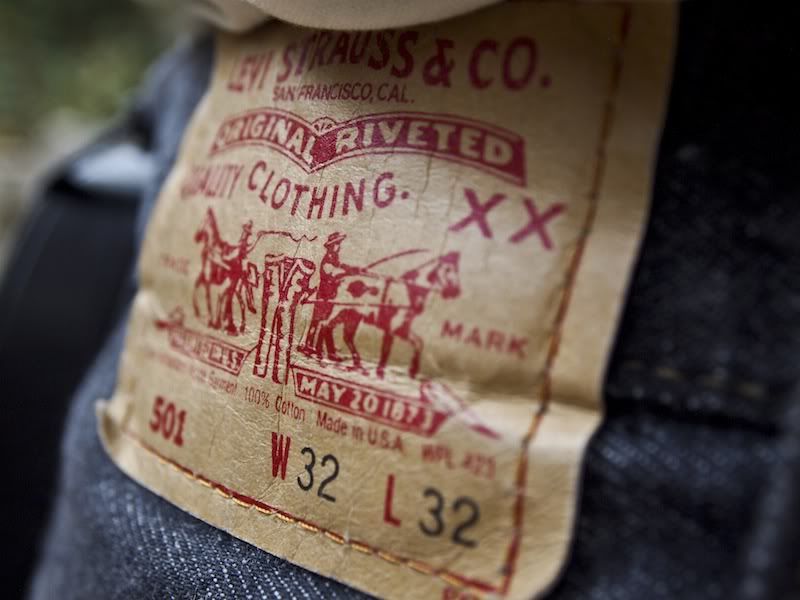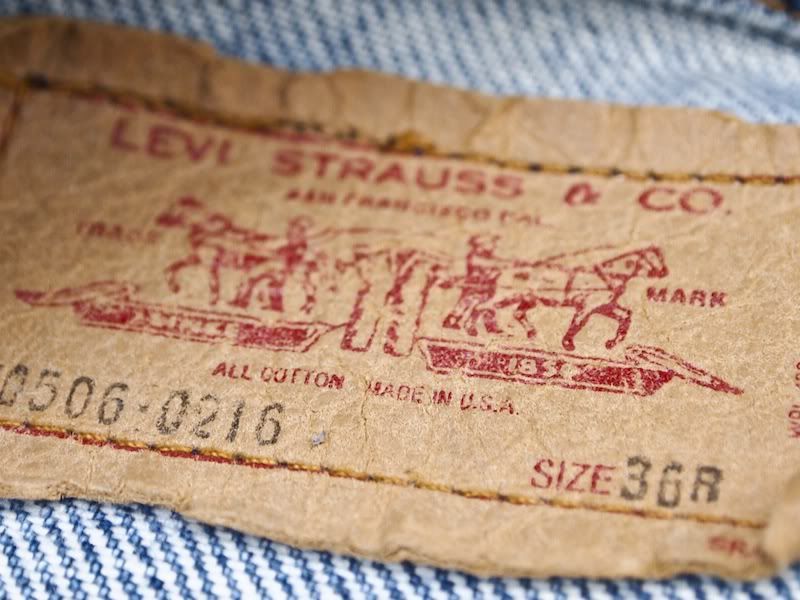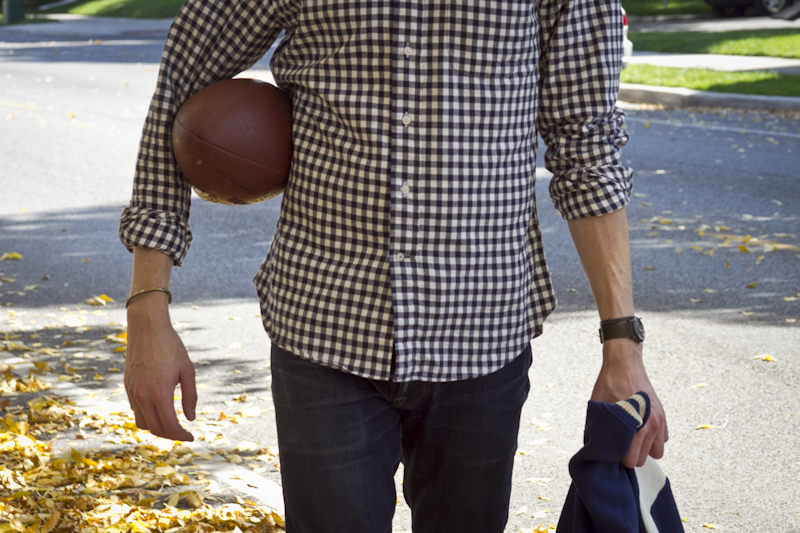7:57 A.M.
It's midterm season. You hit the quad, half walking, half running, panicking because your bike got a pinch flat back on University Avenue and you had to lock it up and ditch it by Mumford Hall, but your class is over off 6th St.
You had five minutes then. Now you're down to three.
You didn't sleep last night; you didn't have that luxury. Eating, that wasn't exactly on the agenda either. You're breathing though, running over a general timeline of early medieval history again in your head. Professor said exact dates weren't necessary, so you subconsciously purged those. Diocletian. Constantine. The Council of Nicaea. You know this is all living in your short-term memory, trying to bleed back out.
You need to get this down on paper. Now.
You bust through the auditorium doors. Heads turn, people stare. Whatever. You're past embarrassment. You sit, loudly. That TA, the one who always wears the sweat-stained Cardinals hat and a smug, condescending frown, he hands you the exam. Your eyes close. Open. You check the essay questions first. You always check the essay questions first. Pressure releases, you've got those on lock. Multiple choice takes care of itself. You write, and write, and write, shaking slightly from the triple espresso you put down a few hours ago. But it's not long before it's all over. You turn in the exam, with an unexpected confidence in your performance. You leave content. You're walking back across the quad, tired, but more than elated that that midterm is over. Maybe just more excited that you have an opportunity to relax.
And it's then that you stop and look around. You take it in. The leaves. The colors. You'd been ignoring them for the past few days—too busy. But your studying is over now. You hear the soft rustle of leaves being trampled underfoot. You inhale the crisp air. It feels good. And your once overwhelmed and over distracted mind can ignore it no longer.
Fall is here.

Fall, for me, is primarily about two things: layers and fabrics. Flannels, wools, thick-knits. Jackets over sweaters over shirts, with scarves on top. Hats too, sometimes. Put on boots, any boots. And don't forget tweed. Fall is your time to experiment. It's your chance to find who you are, sartorially. Throw on some sportcoats. Or don't, it's your call. But really, above all, have fun. Clothes can be fun. They should be fun.
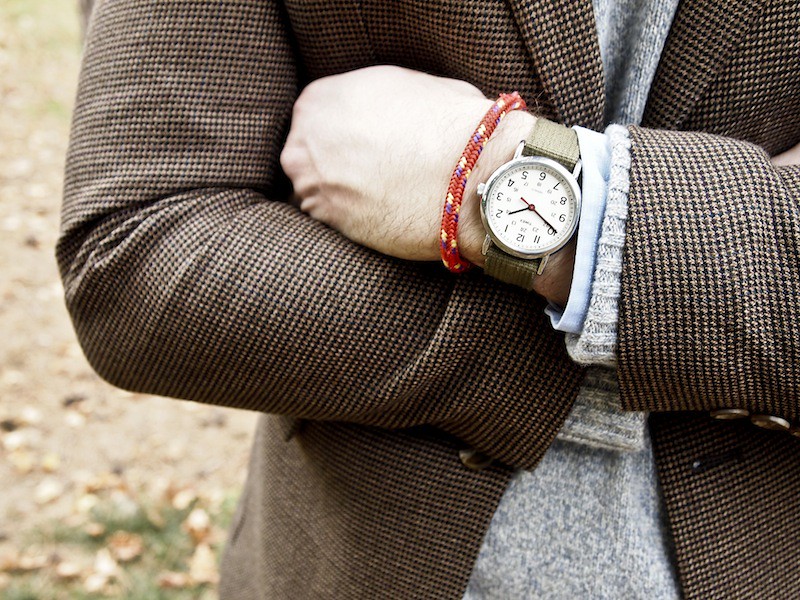
Wear a watch. You should know what time it is without fishing your iPhone out of your pocket. Plus, watch straps are the new way to display your personality (sarcasm). But in all seriousness, start collecting. Or just buy
this.

Fall is also a great time to break in a fresh pair of raw denim. Or, if your selvedge collection is already three or so deep, get on that
duck canvas jam. You'll be glad you did.
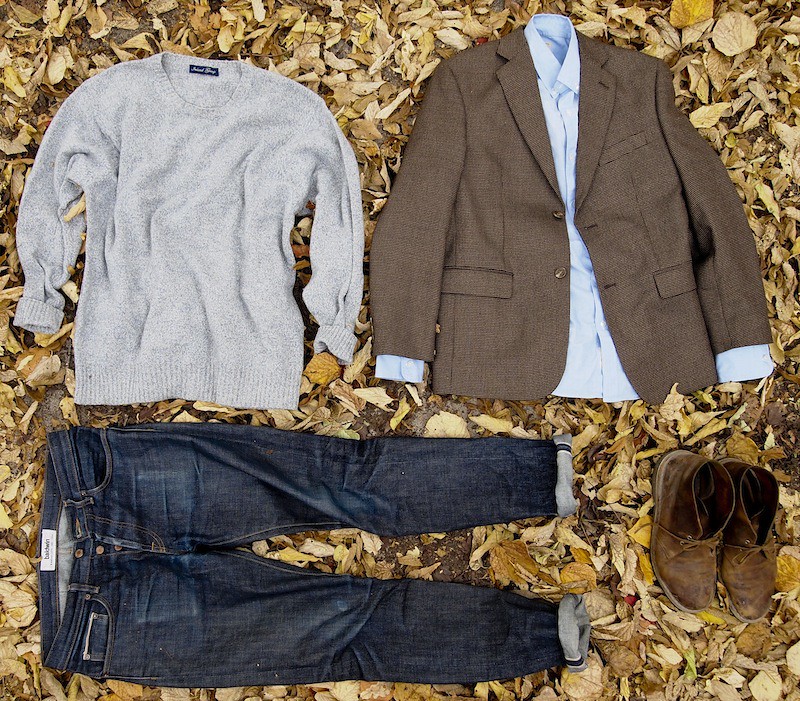
On Cameron: thrifted herringbone blazer by Hill and Archer, thrifted heather grey sweater by Ireland Group; Kurabo denim in the 77 fit by Baldwin Denim; thrifted blue oxford by Gant, beeswax desert boots by Clarks; military watch by Timex.


























